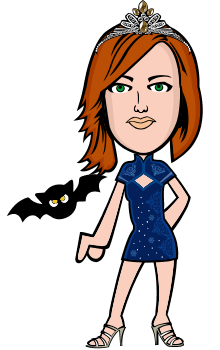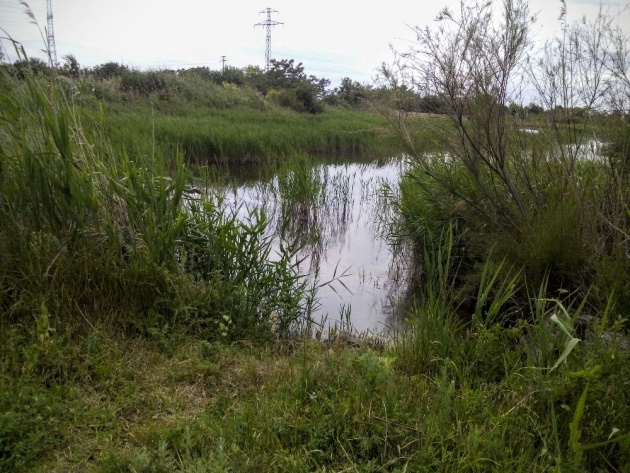
Hello, everybody!
Since the summer has just started in my country, I wanted to write about a recent visit I made to the seaside of Bulgaria, and more specifically, the Black sea. Travel is my favorite topic, so I hope you will find this blog interesting.
A few weeks ago, I went to the city of Burgas with a friend of mine. This is the second-largest city on the Bulgarian seashore, famous for its numerous cultural events, tourists and unique atmosphere. In any rate, I do not want to discuss that too lengthy because my main aim for this blog is to focus on a certain trip we have made.
One day of our vacation, we decided to visit two of the landmarks near Burgas (situated in the countryside) – the Nature Conservation center Poda and the ancient Roman fortress Deultum. The distance between the sites is only 20 km, that is why we decided to visit both on the same day. To get a better idea where these places are, you can check the map for Poda and Deultum. I will start with Poda because it impressed me much more.
Nature Conservation Center Poda
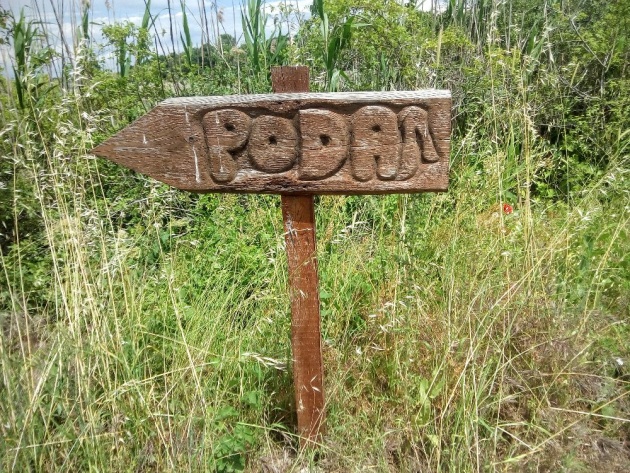
Poda is a very popular destination for ornithologists since it offers a comfortable haven for many bird species. It is a protected area, part of the Burgas lakes, where birds can breed and find a quiet place in the nature to live undisturbed by people, especially hunters. This area is part of the top 100 tourist attractions in Bulgaria. It is situated right between the three Burgas lakes (Atanasovsko lake, Burgas lake, Mandrenski Complex) and the Black sea. An interesting fact about this place is that it is a cross point for many migratory birds' routes. The famous route Via Pontica, coming from north Europe also passes through Poda and continues its way to Africa. To be honest, I recently heard of Via Pontica; I did not know what that is before. Basically, it is a route migratory birds use to fly from colder areas to the warmer ones, where they stay for the winter. And they need a route because this is safer for them to follow the coastline to prevent drowning in the sea or freezing in the mountains.
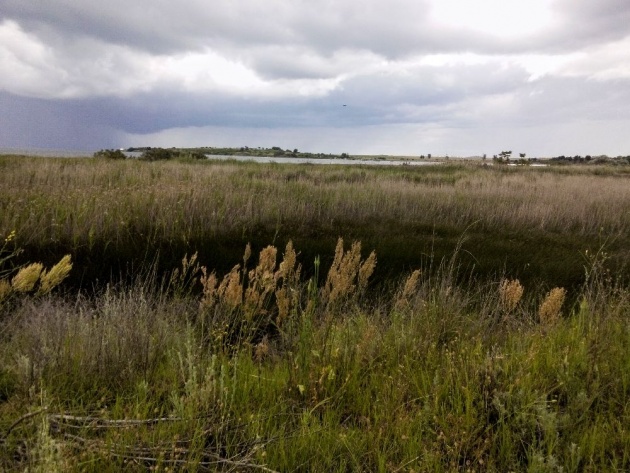
When we arrived, we saw a small parking where we left our car and started walking along an alley to reach the protected area. We passed through a bridge over the lake and there were a terrace and a picnic place right opposite to the bridge on one of the sides of the channel passing below.
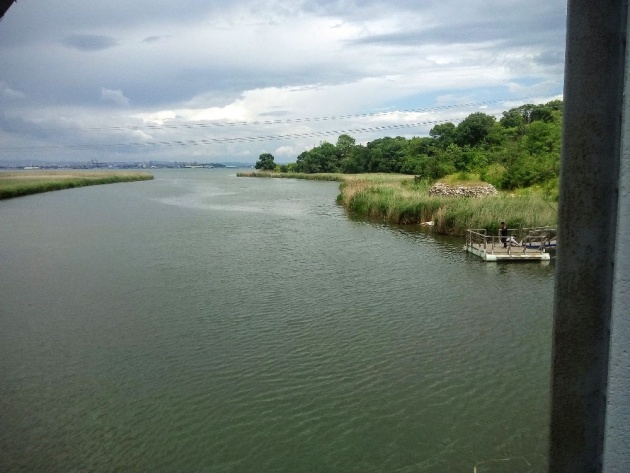
As soon as we reached the surrounding fence of Poda, we noticed how peaceful it was. The guy who was working there was very helpful and gave us binoculars, so we can observe the birds from a safe distance. And indeed, the variety of birds is really impressive. As the official website of Poda claims, 273 out of 420 species throughout Bulgaria live in this region. We saw pygmy cormorants, eagles, seagulls, pelicans, swifts, many species of herons, black-winged stilts, spoonbills, and much more. It was fun for me to watch them. And I remember some of them very well: cormorants which stand on poles in the sea or in the lakes, and avocets, which have extremely thin legs and particularly shaped beaks. It entertained me how some of them stood on one leg without getting tired.
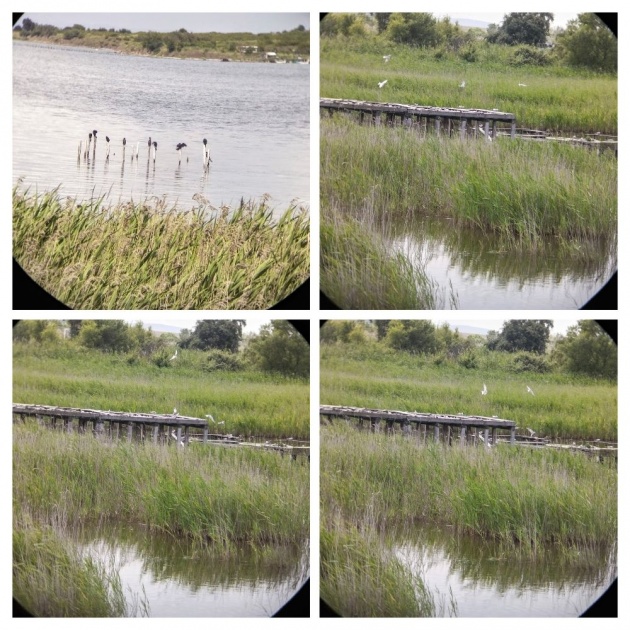
Birds, endangered of extinction in Bulgaria nest in this area because they find it fascinating. I would say they found their small heaven on earth in Poda. A tiny path goes around the lake, and you can hear their songs everywhere.
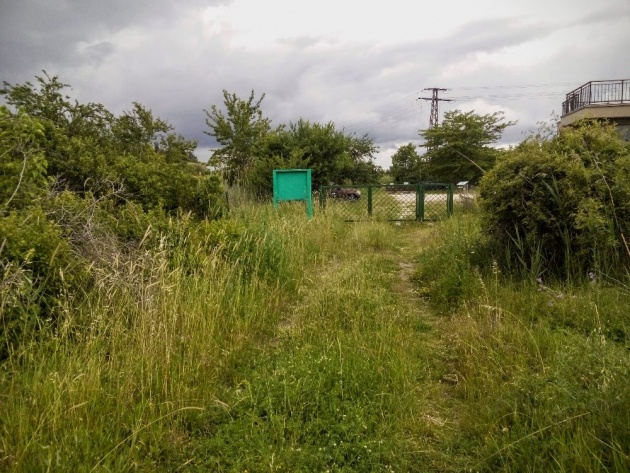
And several spots offer possibilities of making fun pictures for the tourists.
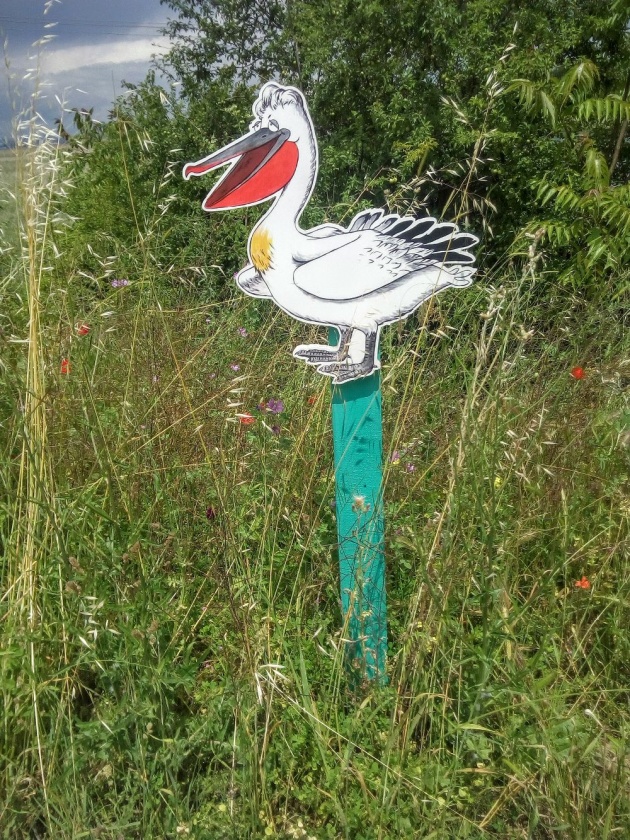
On both sides of the lake, there are two shelters for observing the birds in their natural habitat. They are small wooden houses, and you can see only a bench inside and a rectangular window for watching the birds. This is very helpful for both parts – the birds are not scared since you do not get close to them, and you feel comfortable as you do not need to go to the water just to make a good photo. It was also very useful to have those shelters, because when we were there it started raining, and we did not need to be outside. Unfortunately for us, the second farther shelter was locked, but still we could climb the staircase and have a look at the area from the top.
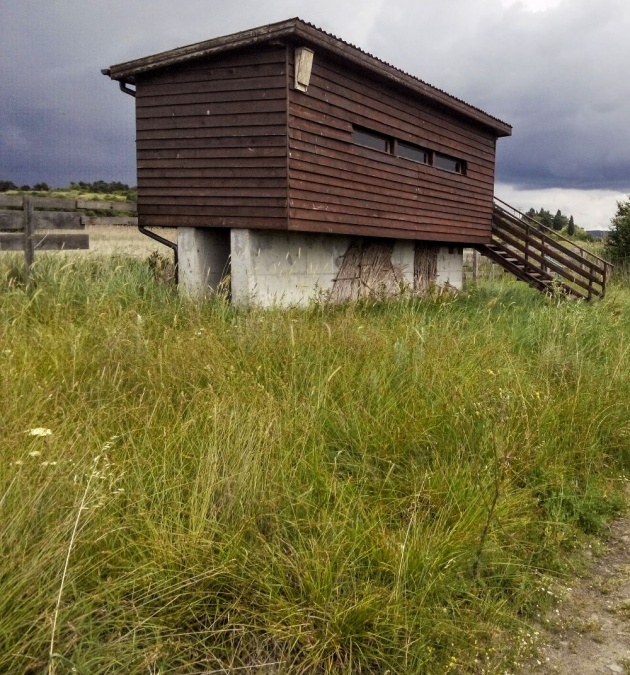
Somewhere in the middle of the path on our right side, we saw a small beach and the sea. On our left side was the lake with the birds. And if you think, the birds are the only interesting view you can find that is not true at all. You can encounter many reptiles and amphibians, e.g. snakes, lizards, turtles, as well as a large variety of insects and plants. And that is certainly a location I can recommend to the environmentalists.
Deultum village
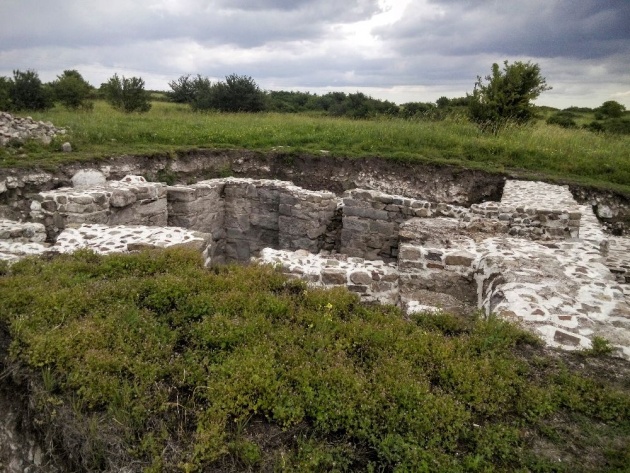
Deultum is an ancient Roman village (nowadays it is actually the remains of the fortress, partially recovered), and it is a treasure for people interested in archeology or history. The fortress is situated only around 20 km from Burgas, at the entrance of Debelt village. I always wanted to visit it in the past, but that day I finally found the time.
I can define Deultum as a small area with old stone buildings. When we visited, it was not finished yet; I could see they were still working on the reconstruction of the village. What I liked was that it was very quiet, probably because of the weather and the fact we were there on a working day, not during the weekend. Right next to the fortress, there is a museum, but we could not find time to visit that. Later, I checked this was an archaeological museum which stores some of the findings from the fortress.
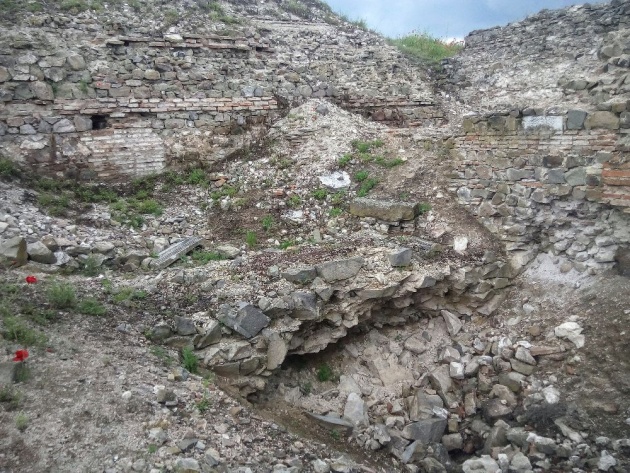
Some of the sites you can see in Deultum are an ancient Roman bath, a fortress with an arch and two staircases going down to the inside, stone public buildings and some small remains, which are not ready yet. As I said, this tourist attraction is not completely discovered, but I hope in the future they will manage to recover larger parts of it, as it has magnificent value for archaeologists.
For me, this trip was not only relaxing but also educational. I learned so many things about nature, the birds, the lakes and the history. And I really hope I will have time to make more of those vacations in the coming months.
Thanks a lot for reading! Have a wonderful day!☺
Note: All photos and videos used in this blog are taken during this trip.
- written by NinaB

